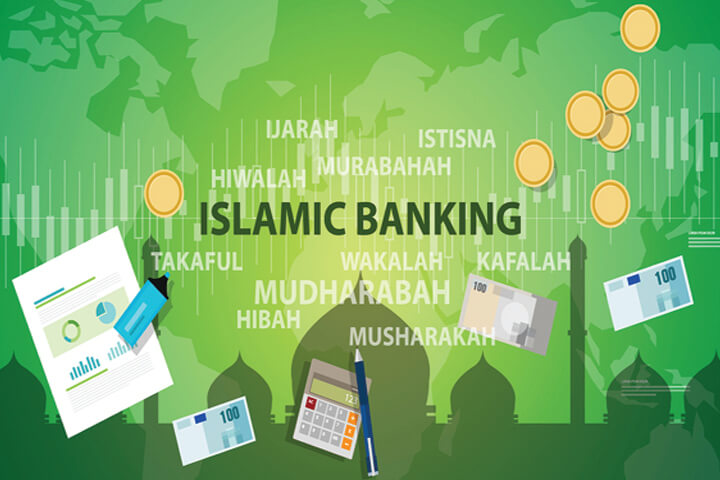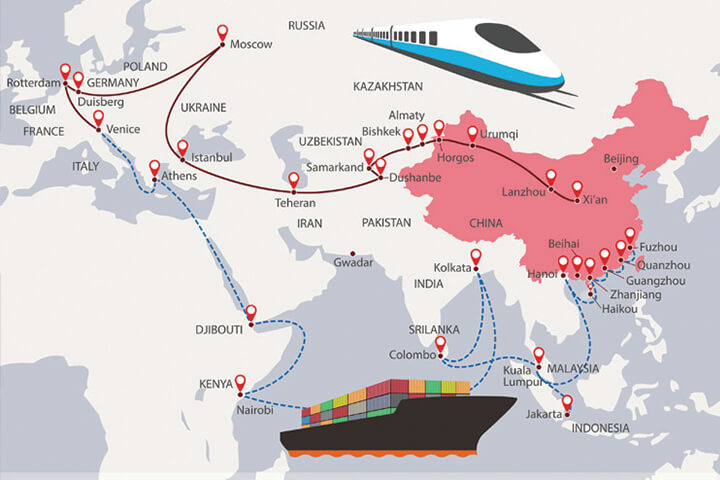Islamic Finance Techniques

Islamic financing refers to the means by which corporations in the Muslim world, such as banks and other lending institutions, raise capital in accordance with Sharia (Islamic law) (Ross, 2018). Islam makes no division between the spiritual and secular, hence it has a reach into the domain of financial matters. Just like the usual financial aspects, Islamic finance aims to replicate in Islamic forms the substantive functions of contemporary financial instruments, markets, and institutions.
There are three major prohibitions in Islamic financing, in accordance to Islamic jurisprudence (Sharia’ah). Sharia’ah prohibits lenders and borrowers to charge or pay interest (riba). It forbids products with exorbitant risk or uncertainty (gharar), and gambling (maysir). Islamic law views money as a measuring tool for value and not as an asset and is seen only as a medium of exchange. “Each unit of money is 100 % equivalent to another unit of the same denomination, therefore, there is no room for making profit through the exchange of these units inter se” (Usmani, 2017)
Subsequently, Islamic financing has been rapidly growing at a rate of approximately 15% for the past two decades. Its size is estimated to reach $3.4 trillion by the end of 2018. Countries such as Malaysia, Qatar, Saudi Arabia, Iran, Kuwait, Pakistan, UAE, Bahrain, Indonesia, and Jordan constitutes the major share of the Islamic finance market, however, its geographical presence has now included some parts in Europe, Africa, East Asia and the Americas. Most of these countries are members of the Organization of Islamic Countries (OIC) who happen to be among the world’s largest exporters of strategic commodities (e.g., oil, natural gas, wheat, rice, and cotton) as well as major importers of food and agricultural products, various consumer goods, machinery and equipment. These countries have high potential to become an engine of global trade. 
Islamic trade finance are mechanisms of trade finance which also work in compliance with Shari’a. One instrument used to facilitate international trade with Islamic principles is known as Murabaha. In an article posted by UK Export Finance, “Murabaha is the mark-up or the bank’s return when an asset is sold to a customer for payment at a later date. By the buyer and seller agreeing on a certain profit margin to be added to the cost, this is not seen as interest; this is called a PLS technique (profit and loss sharing)”
Below are popular financing methods used in Islamic trade finance:
- Murabaha (cost-plus financing) – it is an Islamic financing structure in which the seller provides the cost and profit margin of a commodity. This type of financing is not an interest-bearing loan (qardh ribawi) but is an acceptable form of credit sale under Islamic law (Investopedia, 2018)
- Istisna’a – this is a type of financing which is extensively used in providing financing support to projects like housing, roads, machines and equipment, etc. However, it can also be used for export financing as well as working capital requirements in industries where sale orders are received in advance.
- Letter of Credit – it is a commitment, usually by a bank on behalf of a client, to pay a beneficiary, a stated amount of money under specified conditions such as on shipment of the specified goods. When Islamic banks use LCs for export and import financing, the LCs are not treated as a guarantee but rather as a fee-based banking service to facilitate trade.
References:
AIMS UK. (n.d.). What is Gharar in Islamic Banking? | AIMS UK. Retrieved from AIMS UK: http://www.aims.education/study-online/gharar-in-islamic-banking/
Domat, C. (2018, June 28). What Is Islamic Finance And How Does It Work? | Global Finance Magazine. Retrieved from Global Finance: https://www.gfmag.com/topics/blogs/islamic-finance-faq-what-islamic-finance-and-how-does-it-work
Financia Islam – Islamic Finance. (n.d.). Istisna’a – Financial Islam – Islamic Finance. Retrieved from Financia Islam – Islamic Finance: http://www.financialislam.com/istisnaa.html
Ross, M. L. (2018, June 4). Working With Islamic Finance: Investopedia. Retrieved from Investopedia: https://www.investopedia.com/articles/07/islamic_investing.asp
Trade Finance – an IJ Global Service. (n.d.). What is Islamic finance? | Trade Finance. Retrieved from Trade Finance – an IJ Global Service: https://tradefinanceanalytics.com/what-is-islamic-finance
Usmani, M. M. (2017, August 7). An Introduction to Islamic Financing | Wayback Machine. Retrieved from Internet Archive Wayback Machine: http://apsk.kz/en/images/economics/An Introduction to Islamic Finance.pdf
Previous Post Next Post





